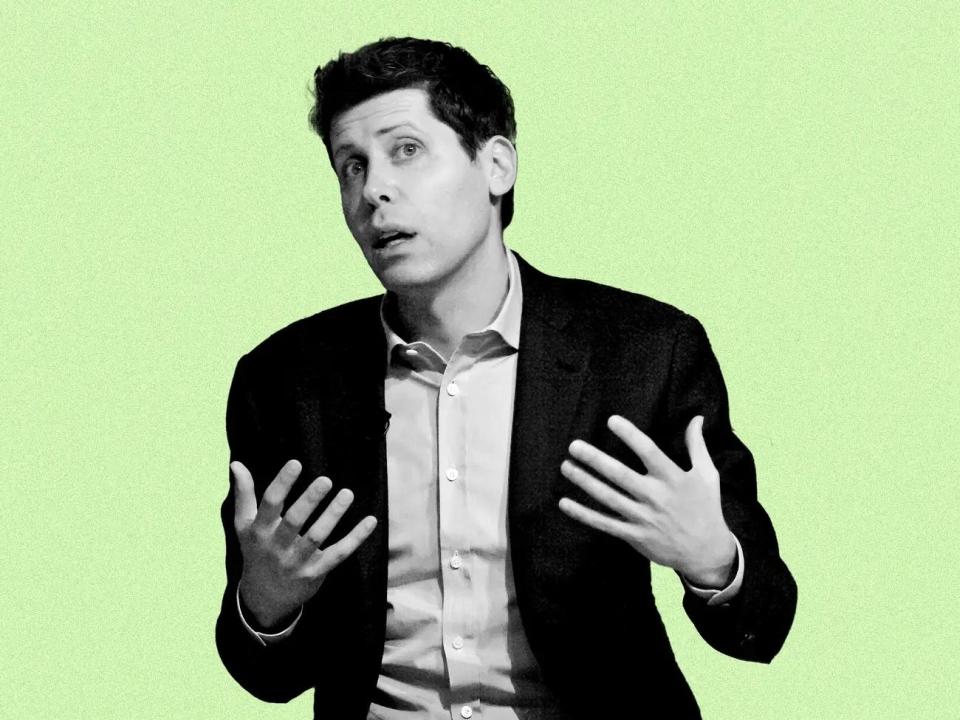Part 1: Dionysus#
Call option price is analogous to the difference between the
base-case&clinical-scenario; i.e.,logHR. In clinical medicine, we’ve kept our cumulative distribution functions non-parametric, at least for our base-case (62,000 citations: Google Scholar)
where:
Here, \(C\) is the call option price, \(S_0\) is the current stock price, \(X\) is the strike price, \(r\) is the risk-free interest rate, \(T\) is the time to maturity, \(\sigma\) is the volatility of the stock, and \(\mathcal{N}(\cdot)\) is the cumulative distribution function of the standard normal distribution.
1. Chaos
\
2. Frenzy -> 4. Unpredictable -> 5. Algorithm -> 6. Binary
/
3. Random-Walk
Efficient-Market Hypothesis#
Null 1, 2, 3#
Voir: What has seemed chaotic has been tamed using parameters (which can also generate chaos – i.e., data – in simulation)Savoir: Frenzy vs. logic might be a matter of “compute”; so god doesn’t play dice?Pouvoir: Infrastructure and architecture for “compute”
Sing O Muse 4#
Unpredictable: Yet machine-learning, digital information, and extraordinary “compute” do yield better returns than the null-hypothesis might support
Alternative 5, 6#
Identity: Quants, programmers, and algorithms may win the day since “chaos” & “random” merely reflect the limits of human comprehensionAchievements: Using super-humanAIcapabilities of machines to handle \(N^N\) parameters, Jim Simmons left his mark
